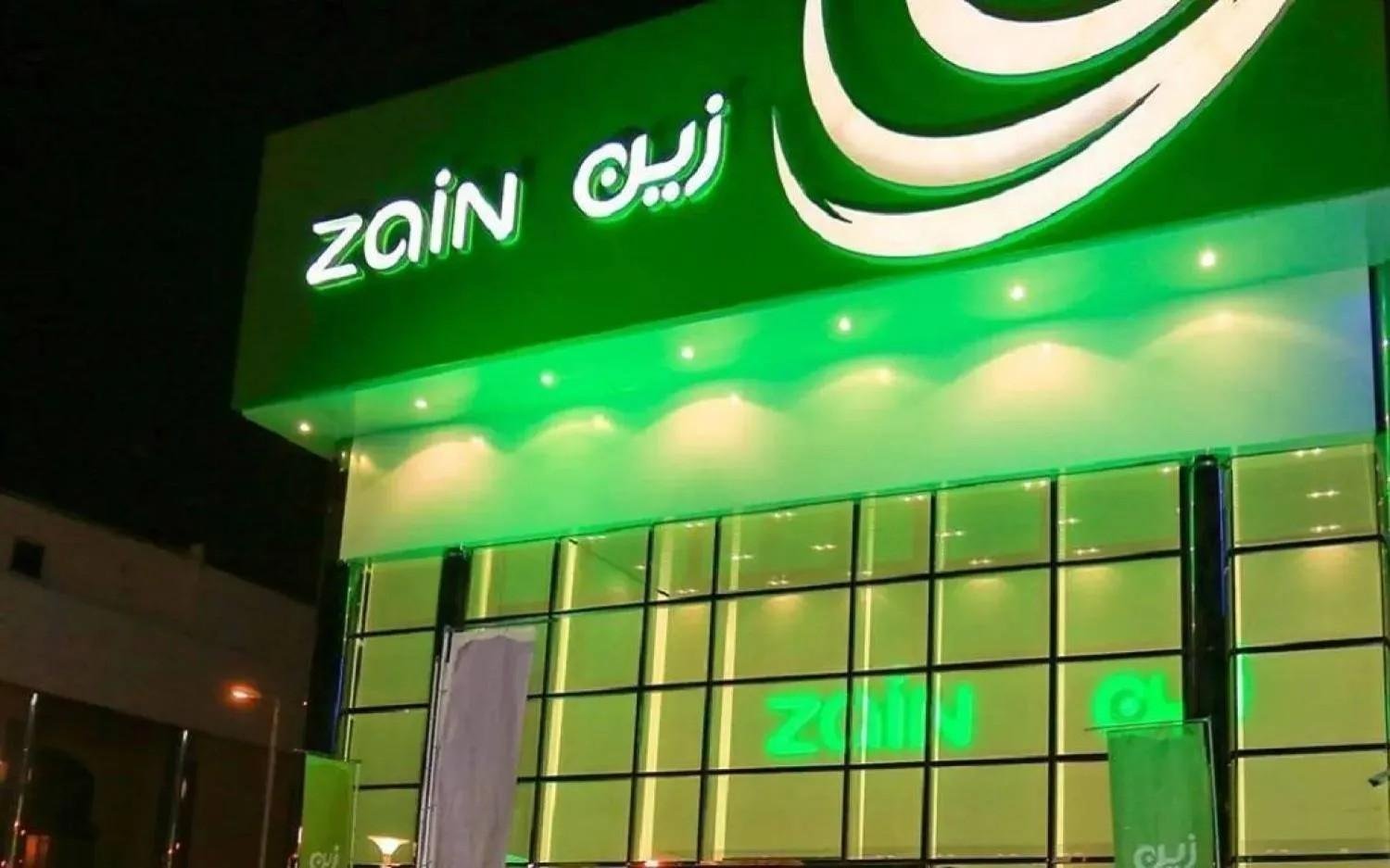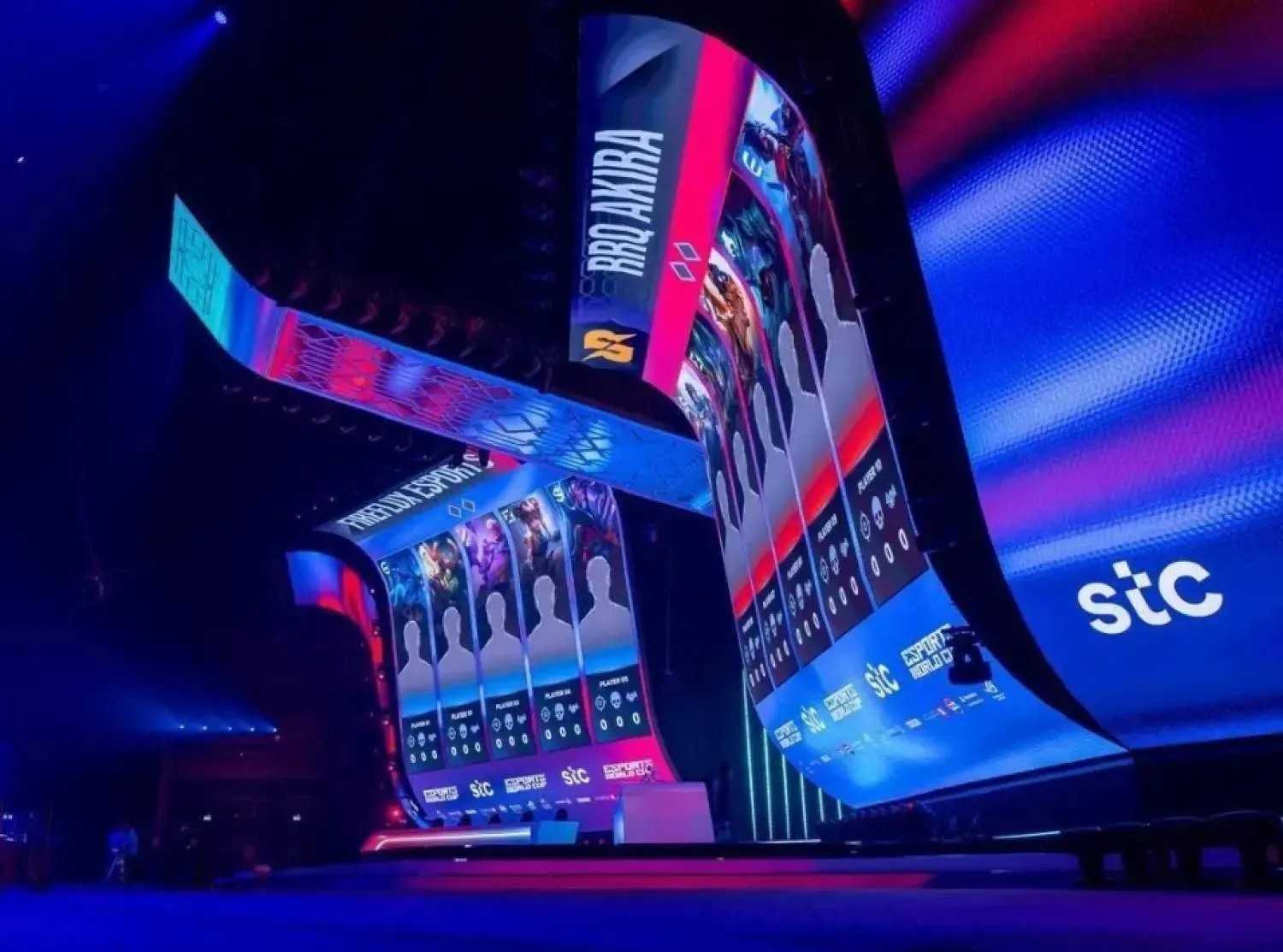Saudi Arabia’s listed telecommunications companies delivered strong financial results in the second quarter of 2025, with notable increases in both profits and revenues. Sector-wide net profits rose 17.4% year-on-year to $1.27 billion (SAR 4.78 billion), up from $1.08 billion (SAR 4.07 billion) in Q2 2024. Revenues grew 3.7% to $7.2 billion (SAR 27 billion), compared to $6.93 billion (SAR 25.97 billion) in the same period last year. The rise in net profits was driven by higher revenues and operating income, alongside reductions in revenue costs, financing expenses, and other outlays.
The sector includes four companies, three of which — Saudi Telecom Company (stc), Etihad Etisalat (Mobily), and Mobile Telecommunications Company Saudi Arabia (Zain KSA) — follow a December fiscal year, while Etihad Atheeb Telecommunications (GO) ends its fiscal year in March.
stc led the sector, contributing approximately 80% of total profits. It posted a net income of SAR 3.82 billion in Q2 2025, a 15.7% increase year-on-year. Revenues rose 2.6% to SAR 19.45 billion from SAR 18.96 billion the previous year. The company attributed profit growth to a SAR 492 million increase in revenues and a SAR 235 million decrease in revenue costs.
Mobily recorded the highest profit growth rate, with net income up 25.6% to SAR 830 million and revenues increasing 8.2% to SAR 4.83 billion. The gains were supported by higher revenues, stronger operating profits, lower net other expenses, and increased profits from a joint venture.
Zain KSA ranked second in profit growth with a 21% increase to SAR 127 million and revenues climbing 4% to SAR 2.65 billion. The company credited improved earnings to a SAR 85 million rise in gross profit from high-margin segments and a SAR 10 million reduction in financing costs.
Financial analyst Dr. Suleiman Al-Humaid Al-Khalidi highlighted that the sector’s performance reflects improved operational efficiency and profit margins. Profit growth was also boosted by stronger results from subsidiaries, business expansion, and lower zakat burdens. The focus on 5G services, robust consumer demand, cost control, and operational improvements contributed to the positive trend. He projected the Saudi telecom market to grow from $13 billion at the end of 2025 to about $23 billion in 2026, at a compound annual growth rate of 3.9%, driven by government-led digital transformation and innovation investments.
Mohammed Hamdy Omar, CEO of G-World, remarked that the sector maintained a strong growth trajectory in Q2 2025, with stc’s diversified investments in finance, entertainment, technology, and telecom underpinning its profitability. He noted that rising data demand, enterprise service growth, and expansion into digital and financial services fueled revenue growth across the sector. Additionally, operational efficiencies and lower financing costs enhanced margins.
Looking ahead, Omar expects continued positive momentum, supported by Saudi Arabia’s Vision 2030 and major digital projects like NEOM and Qiddiya. The expansion of 5G networks is anticipated to open new revenue streams in smart city applications and connected vehicles, beyond traditional voice services. He foresees intensified competition on pricing, network quality, and innovative service bundles, with strong growth potential in big data and artificial intelligence.















